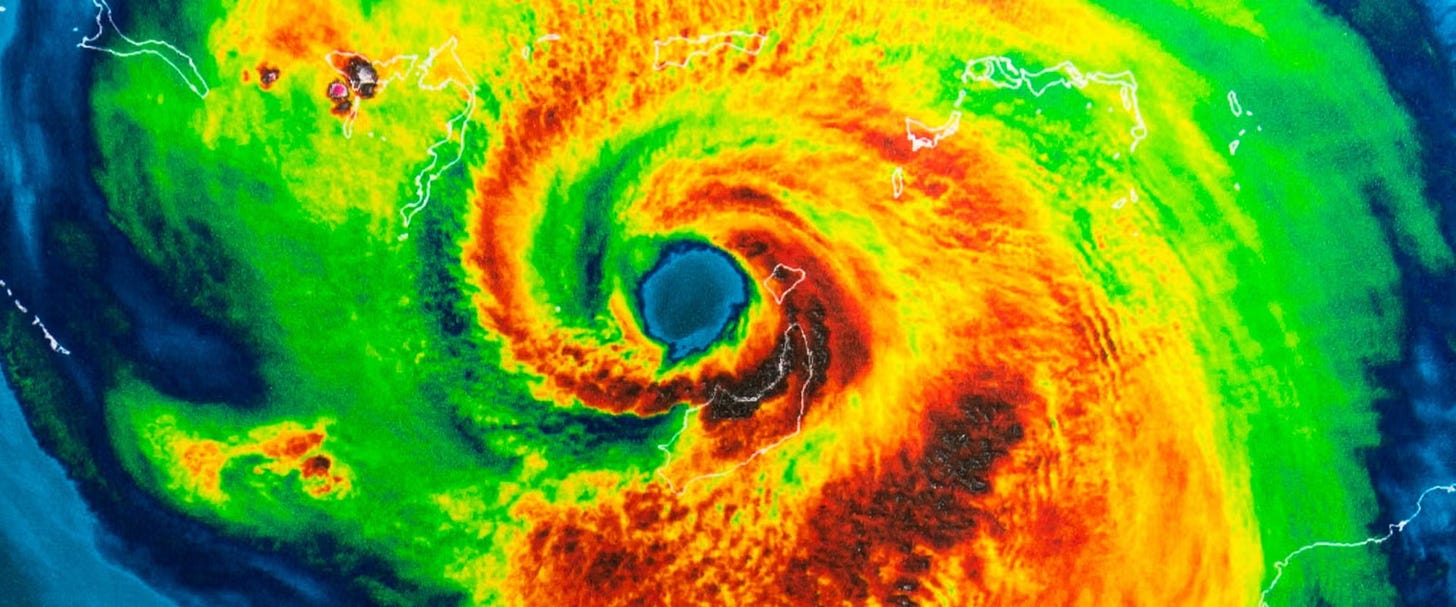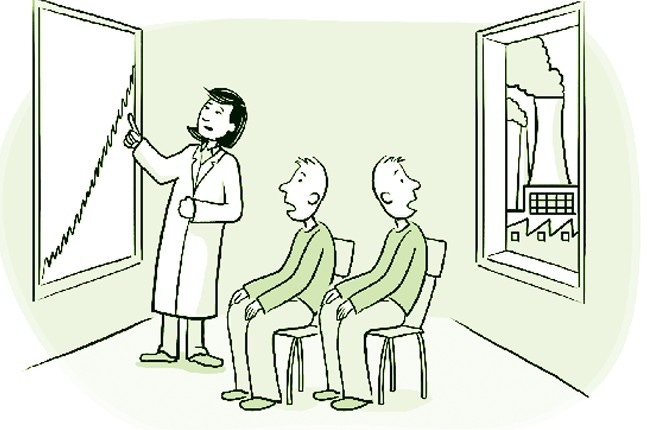The Behavioral Economics of Climate Action
In my hometown in South Louisiana, the same families who made their living from oil refineries also lost homes to increasingly frequent flooding. I witnessed firsthand the complex psychological barriers that prevent even the most climate-affected communities from embracing change. This isn't about information gaps—it's about how humans actually make decisions. As someone who's seen both the environmental and economic sides of this equation, I've become obsessed with what actually works to bridge intention and action when it comes to sustainability.
You've seen the stats. 66% of consumers claim they'll pay more for sustainable products. 78% say environmental impact influences their purchasing decisions. Nearly every brand has made some kind of climate pledge.
So why aren't we seeing massive shifts in actual behavior?
Let's cut through the noise and examine what actually works when it comes to moving people from climate concern to climate action. Because if you're trying to market sustainable solutions, good intentions and awareness campaigns aren't going to cut it anymore.
The Inconvenient Truth About Green Marketing
Here's what the sustainability marketing playbook typically looks like:
Emphasize the environmental crisis
Appeal to consumers' values and ethics
Highlight your eco-credentials
Wait for conscious consumers to make better choices
Except they don't. Not at scale. Not consistently.
The evidence is overwhelming that even among the most environmentally concerned consumers, there's a massive gap between stated intentions and actual behaviors. And it's not because people are lying—it's because our brains aren't wired to make decisions the way marketers think they do.
What Actually Works: Insights from Behavioral Science
After reviewing dozens of behavioral economics studies and real-world case examples, here are four evidence-based approaches that actually drive sustainable choices:
1. Make It the Default Option
When renewable energy is presented as the default choice (requiring opt-out rather than opt-in), adoption rates typically increase by 30-80%. The same principle works for carbon offset programs, paperless billing, and sustainable product alternatives.
The most successful climate innovations aren't asking consumers to make a special effort—they're embedding better choices into the path of least resistance.
2. Leverage Social Proof (But Not How You Think)
Traditional approaches focus on the number of people making sustainable choices. But what drives behavior more effectively is showing the proximity of those people to your target audience.
Telling homeowners that their neighbors are installing solar panels drives more conversions than telling them millions of Americans are doing it. Social influence is most powerful when it feels immediate and relevant to your specific identity group.
3. Connect Present Actions to Near-Term Benefits
Our brains are notoriously bad at valuing future outcomes. Climate catastrophes projected for 2050 simply don't activate our decision-making systems with urgency.
The most effective sustainable marketing connects green choices to immediate or near-term personal benefits: immediate cost savings, improved health outcomes this year, or enhanced social status in your community now.
Companies making real headway aren't selling "save the planet"—they're selling "live better today, and by the way, it's also sustainable."
4. Make Climate Action Visible and Measurable
We're driven by feedback loops. When people can see the tangible impact of their actions—through real-time data, visualization tools, or concrete metrics—behavior change accelerates dramatically.
This is why homes with visible smart meters reduce energy consumption by 5-15% more than homes with standard meters. It's why apps that show the direct impact of individual choices outperform general educational campaigns.
The Companies Getting It Right
The organizations making genuine progress aren't just making sustainability claims—they're redesigning choice architecture using these behavioral principles:
Ecosia doesn't just ask you to care about forests; they show a tree counter so you can see your personal impact grow with each search.
Too Good To Go doesn't lecture about food waste; they make saving food more convenient than wasting it and add the immediate reward of getting restaurant food at steep discounts.
Specialized's Turbo e-bikes don't market themselves primarily as eco-friendly transportation—they emphasize the immediate joy of effortless mobility (while quietly eliminating car trips).
Companies using forest monitoring technologies are transforming abstract conservation concepts into precise, actionable metrics that create accountability and showcase tangible progress—making sustainable resource management both measurable and achievable.
The Shift Your Marketing Needs
If your sustainability strategy relies primarily on raising awareness, touting your green credentials, or appealing to consumers' better angels—it's time to rethink.
The most effective climate action marketing doesn't try to change people's values. It works with our existing decision-making processes instead of against them.
Ask yourself:
Have you made sustainable choices the path of least resistance?
Are you connecting climate action to immediate, visible benefits?
Do you provide clear, specific feedback on the impact of consumer choices?
Is your messaging tailored to specific identity groups rather than mass audiences?
Because when it comes to climate change, we don't need more people who care—we need systems and communications that convert that care into consistent action.
What do you think about the gap between environmental intentions and actions? Have you seen examples of companies effectively bridging this divide? Hit reply and let me know—I read every response.



